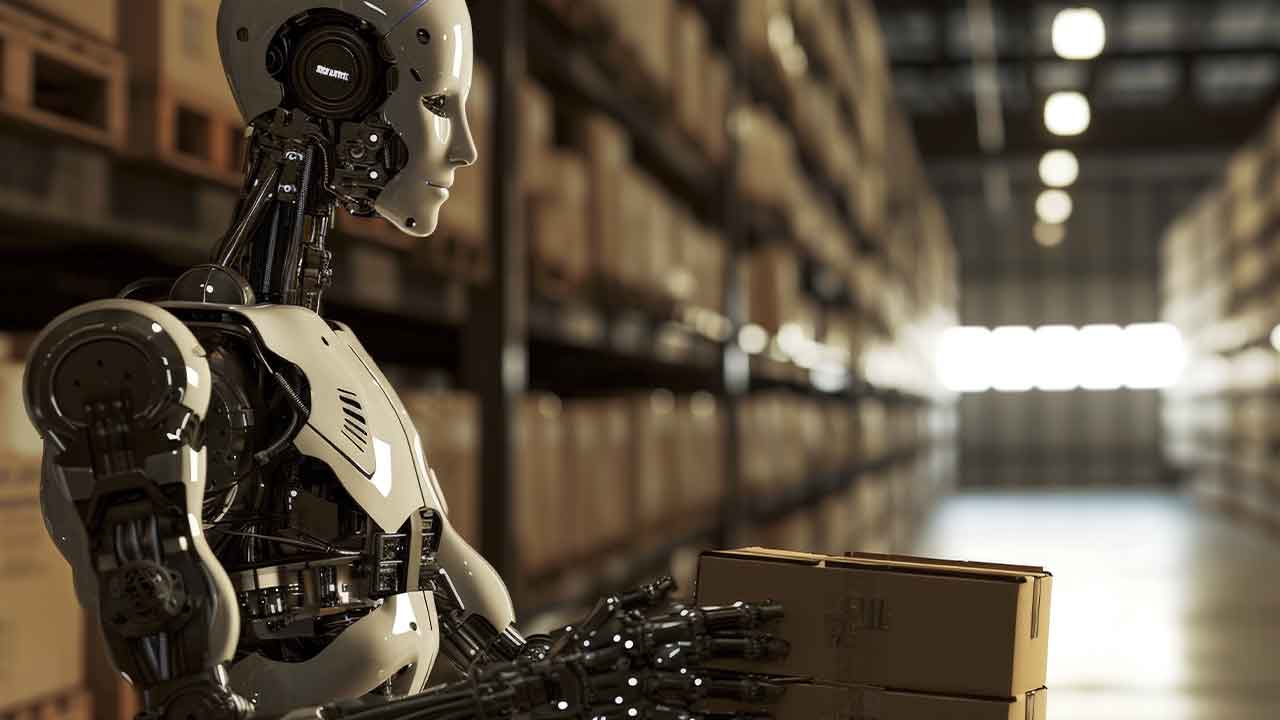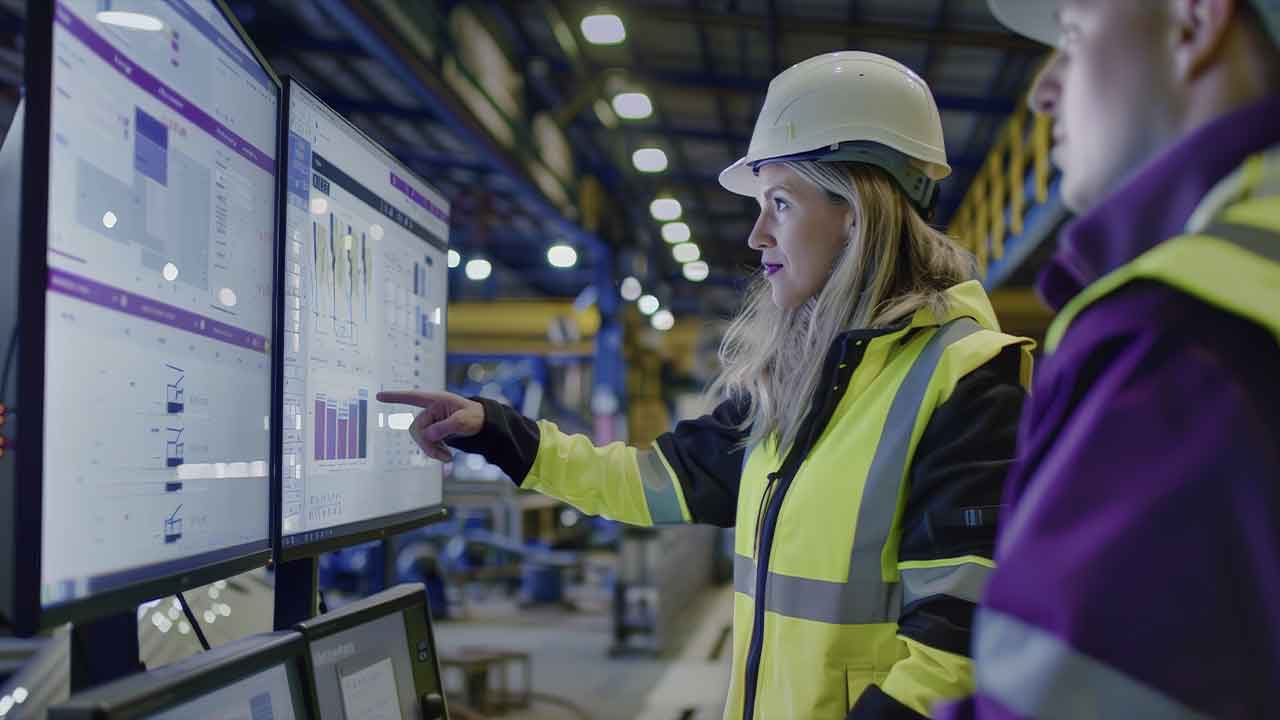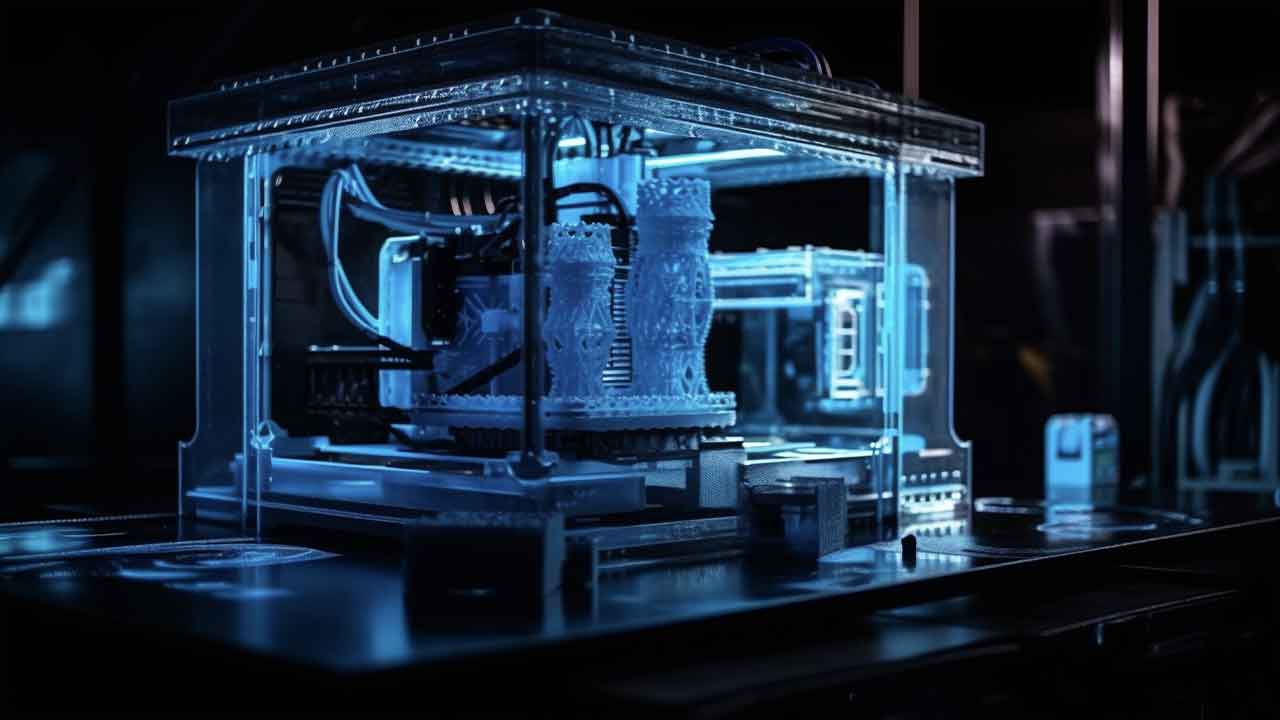The IoT revolution within supply chain
Since the days of the first ‘Internet refrigerator’, the Internet of Things (IoT) has come a long way, and far more practical uses for the IoT have emerged. For businesses that play an active role in supply chain fulfillment, the IoT benefits are significant.
Advances in mobile connectivity, making Internet-enabled sensors much smaller and more affordable, have driven an increase in the number of IoT use cases. These sensors, often the size of a hockey puck, can transmit vital information to other devices in a way not possible just a few years ago, when the concept of the IoT was born. The ability to analyze and make sense of the vast amount of data collected has also helped propel IoT adoption.
Forward thinking organizations are already addressing how the IoT can streamline key processes and optimize the supply chain. Below are important ways the IoT is already helping to streamline the supply chain.
- Getting a complete picture
By employing IoT technology, supply chain managers can connect their vehicles, equipment and devices to gain to-the-minute status updates on jobs. This can offer a full picture across the supply chain, from the warehouse, to stakeholders and customers. For example, rather than seeing a job status listed as ‘with courier’ or ‘in transit’, managers can see an item’s exact location. With this information, supply chain managers can make intelligent and timely decisions that will keep goods moving efficiently. It also helps them deliver other benefits across the business such as reducing costs and aiding with compliance.
- Breaking down silos
For more complex supply chains, in which different components are sourced across disparate suppliers and locations, it’s easy for these centers to organize into silos. Using the IoT across the supply chain gives decision makers real-time details on job statuses across the entire chain, and helps break down silos. Increased collaboration across business areas can help to identify potential bottlenecks earlier, make smarter strategic decisions and boost productivity.
- Optimizing assets
Improved connectivity also enables supply chain managers to optimize fleets. They can provide smarter route planning and identify assets stuck in traffic. They can also track utilization rates to monitor the efficiency of assets, enabling managers to schedule the optimal number of jobs for each asset. With a deeper understanding about how assets are utilized and performing, business operations can be fine-tuned. This helps increase productivity and helps supply chain managers schedule more deliveries or dispatches per day. When multiplied across a fleet and the entire supply chain, this has the potential to bring a huge boost to a business’ bottom line, and studies have shown more effective routing and utilization can reduce driver hours by almost 25 percent.
- Improving customer service
A more connected supply chain not only helps boost efficiency, it helps deliver better customer service. Managers can access information in the office or on mobile apps to track exactly where an item is at any time, so that forecasting delivery times becomes more exact. Managers can then identify any potential issues sooner, contact the customer to manage their expectations, or make alternative arrangements to ensure Service Level Agreements (SLAs) are met. The connected fleet also allows for automation of status updates, helping customers stay informed and reducing inbound enquiries to customer centers.
- Remaining compliant
In addition to helping track the location of assets across the supply chain, the real-time visibility the IoT offers allows supply chain managers to ensure their assets are performing as they should be and that their organizations remain compliant. For example, it helps ensure drivers are obeying road rules, taking required breaks, filing correct paperwork and performing the appropriate safety checks. It can also keep track of vehicle health, to make sure appropriate vehicle maintenance is carried out when it should be – such as ensuring tires are changed and services are carried out. If goods need to be transported in certain conditions, for example kept within a certain temperature range, a more connected fleet can enable managers to see real-time temperatures of their cargo.
While the IoT is only in its infancy, for supply chain managers or operations directors, there are steps that can be taken now to start seeing the benefits of the technology revolution. The key is to have a Mobile Resource Management software platform that can collect all the data from connected devices and help turn it into easy-to-understand and actionable insights. Supply chain managers that do, are setting themselves and their organizations up for success in the future.
 The article was written by Kelly Frey, Vice President at Telogis, a Verizon company. Kelly has a passion for changing the game with technology that improves mobile workforce safety, information empowerment and productivity. He earned an MBA from the University of Manitoba and his undergraduate degree from Wilfrid Laurier University.
The article was written by Kelly Frey, Vice President at Telogis, a Verizon company. Kelly has a passion for changing the game with technology that improves mobile workforce safety, information empowerment and productivity. He earned an MBA from the University of Manitoba and his undergraduate degree from Wilfrid Laurier University.



